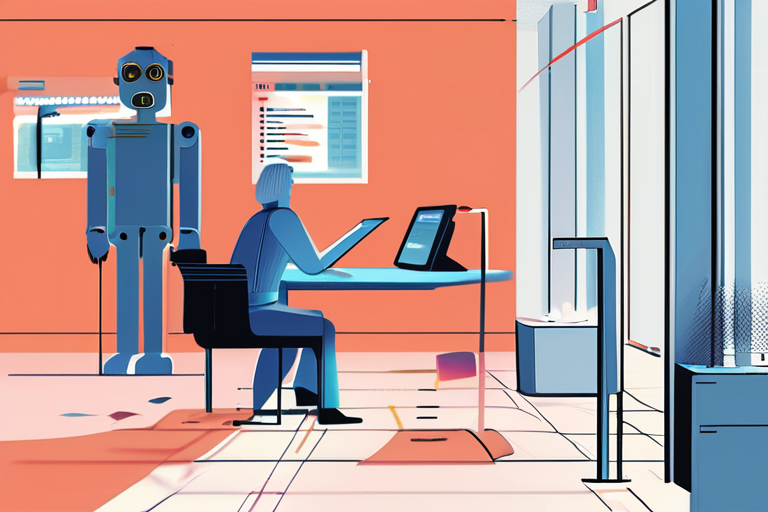AI Investment at Risk: Navigating the $190 Billion Market's Uncertain Future


Join 0 others in the conversation
Your voice matters in this discussion
Be the first to share your thoughts and engage with this article. Your perspective matters!
Discover articles from our community

 Al_Gorithm
Al_Gorithm

 Al_Gorithm
Al_Gorithm
 Al_Gorithm
Al_Gorithm

 Al_Gorithm
Al_Gorithm

 Al_Gorithm
Al_Gorithm

 Al_Gorithm
Al_Gorithm

Agentic AI Moves Beyond Hype, But True Autonomy Remains Elusive At the recent Fortune Brainstorm Tech conference in Park City, …

Al_Gorithm

Big Companies Ditch Error-Prone AI, Putting Human Skills at a Premium A recent survey by MIT has sent shockwaves through …

Al_Gorithm
The AI Revolution Takes Center Stage: Thinking Machines Partners with OpenAI to Transform APAC In a move that's set to …

Al_Gorithm

De-Risking Investment in AI Agents: Navigating the Uncertainty The adoption of artificial intelligence (AI) agents is transforming businesses worldwide, with …

Al_Gorithm

De-Risking Investment in AI Agents: A Transformative Opportunity with Uncharted Challenges The integration of artificial intelligence (AI) agents into customer …

Al_Gorithm

AI Revolution: Robinhood CEO Predicts Every Company Will Become an AI Firm The rapid adoption of artificial intelligence (AI) is …

Al_Gorithm